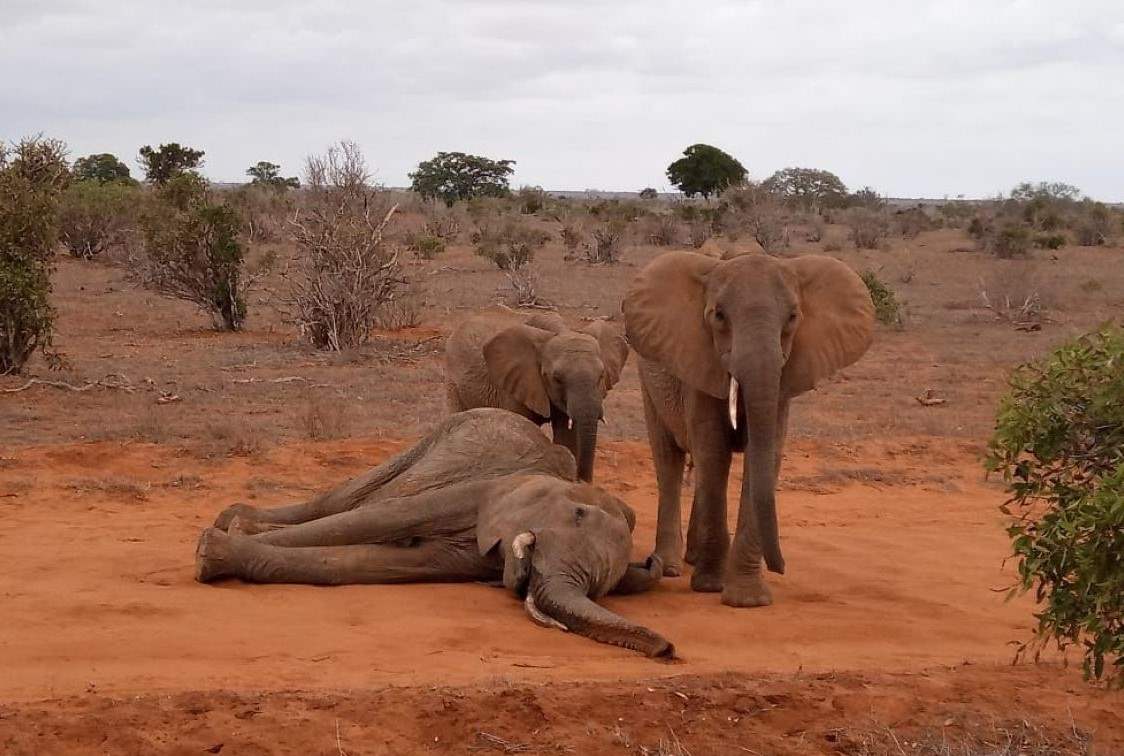Climate change, intensified by oceanic cycles, is reshaping weather patterns across the Greater Mara-Serengeti ecosystem, spanning Kenya and Tanzania.
Rising temperatures, driven by fluctuations in wind and sea surface temperatures, have led to more extreme weather in the region, according to recent findings published in PLOS Climate.
The research, led by Joseph Ogutu from the University of Hohenheim, Isaiah Obara from Freie Universität Berlin, and Holly Dublin from Wasaa Conservation Centre, points to the Pacific’s El Niño-Southern Oscillation (ENSO) and the Indian Ocean’s ‘Indian Niño’ (see Indian Ocean Dipole Mode – IOD) as key factors behind increasingly unpredictable rainfall and warming trends.
Data analysis reveals long-term shifts in rainfall, temperature, and vegetation cycles linked to both ENSO and the ‘Indian Niño’. Over the past six decades, the Mara-Serengeti region has faced recurrent severe droughts, erratic wet conditions, and a temperature increase of 4.8 to 5.8 degrees Celsius.
Although the average annual rainfall has held steady season-to-season, both dry and wet seasons from 2010 to 2020 saw above-average rainfall – a likely result of climate warming amplified by ‘Indian Niño’ effects.
These changes bring severe challenges to local ecosystems.
“The Mara-Serengeti ecosystem, like many African savannas, has seen a 5.3-degree Celsius rise in minimum temperatures since 1960, concurrent with the warming Indian Ocean, leading to habitat desiccation and severe threats to wildlife populations,” the authors report. “Frequent severe to extreme droughts and rare instances of very wet to extremely wet years in the Mara-Serengeti ecosystem also significantly threaten wildlife populations.”
The cascading impacts are evident. Droughts put wildlife at risk of starvation, shrink wetlands, and increase human-wildlife conflict, while excessive rainfall erodes habitats. This research offers a valuable framework for conservation efforts aimed at reducing climate change impacts, and underscores the importance of incorporating regional climate trends into planning.
Funded by the Masai Mara Ecological Monitoring Program through WWF-East Africa and Friends of Conservation (FOC), the study received support from WWF-Sweden, the Darwin Initiative, and local safari groups, with additional backing from the German Research Foundation and the European Union’s Horizon 2020 programme.
Journal Reference:
Ogutu JO, Bartzke GS, Mukhopadhyay S, Dublin HT, Senteu JS, Gikungu D, et al. ‘Trends and cycles in rainfall, temperature, NDVI, IOD and SOI in the Mara-Serengeti: Insights for biodiversity conservation’, PLOS Climate 3 (10): e0000388 (2024). DOI: 10.1371/journal.pclm.0000388
Article Source:
Press Release/Material by PLOS
Featured image: Wildlife succumbing to the 2020-2023 drought in the Tsavo Ecosystem of Kenya Credit: Tsavo Trust | CC-BY 4.0




